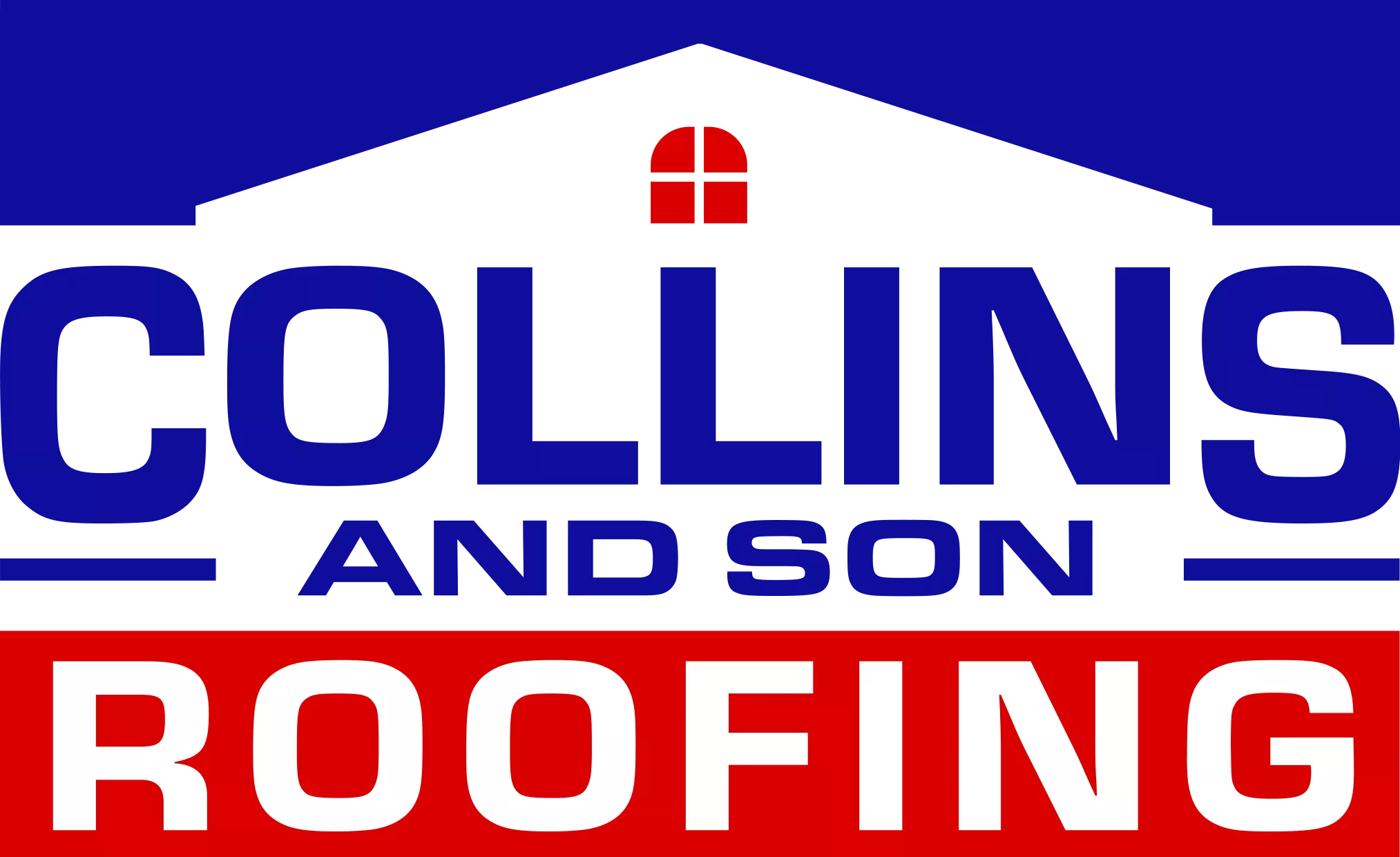Insulation is an unsung hero in the realm of home improvements. While it might not be the first thing homeowners think of when considering upgrades, its impact on comfort and energy savings is undeniable. Here’s a comprehensive guide to understanding the nuances of attic insulation and ensuring you make the best choices for your home.
The Undeniable Benefits of Proper Attic Insulation
Energy Savings Galore
A well-insulated attic can be a game-changer for homeowners, especially in regions with extreme temperatures. In colder climates, a properly insulated attic can save between 10 to 50 percent on heating bills during the winter months. Conversely, in hotter regions, the same insulation can stabilize indoor temperatures, reducing the reliance on air conditioning and subsequently lowering energy costs.
A Boost to Home Comfort
Beyond the monetary savings, insulation plays a pivotal role in enhancing the comfort of your living spaces. By maintaining a consistent temperature, it ensures that your home remains cozy in the winter and cool during the summer months.
Making the Right Choices: Types of Insulation
Loose Fill vs. Batt Insulation
When it comes to DIY insulation installation, homeowners typically choose between loose fill and batt insulation.
- Loose Fill Insulation: This type is packaged in bags and blown into place using specialized machinery. It’s an excellent choice for attics with non-standard joist spacing or numerous obstructions. It’s also ideal for topping off existing insulation or for attics with limited clearance.
- Batt Insulation: Available in rolls of varying thickness and width, batt insulation is best suited for attics with standard joist spacing and minimal obstructions. It’s straightforward to install and doesn’t require any specialized equipment.
Pre-Installation Tips for the Best Results
Before diving into the installation process, here are some crucial pointers to ensure optimal results:
- Inspect Existing Insulation: Remove any old insulation that’s compressed, water-stained, or moldy.
- Asbestos Alert: If your home predates 1900 and the existing insulation is lightweight with shiny flecks, it might contain asbestos. Ensure you get it tested and, if necessary, professionally removed.
- Determine the Right R-Value: The Department of Energy recommends R-30 for warm climates, R-49 for cold climates, and R-38 for temperate zones.
- Check for Financial Incentives: Some states or local utilities offer rebates or incentives for insulation upgrades. It’s worth checking out.
- Measure Your Attic: Accurately measure the square footage of your attic to determine the amount of insulation required. Always buy a little extra to account for any errors or miscalculations.
Collins & Son Roofing: Your Partner in Home Comfort
While attic insulation is a project many homeowners can tackle on their own, sometimes it’s best to call in the experts. At Collins & Son Roofing, we’ve assisted countless homeowners in enhancing their home’s comfort and energy efficiency. Whether you’re considering a new insulation project or need advice on roofing service in Conway AR, our team is here to help.
Remember, a well-insulated attic not only saves you money but also elevates the comfort of your living spaces. And if you’re ever in need of roofing companies in Conway AR or require metal roofing Conway AR solutions, don’t hesitate to reach out to Collins & Son Roofing. We’re committed to ensuring your home stands strong and comfortable through every season.

